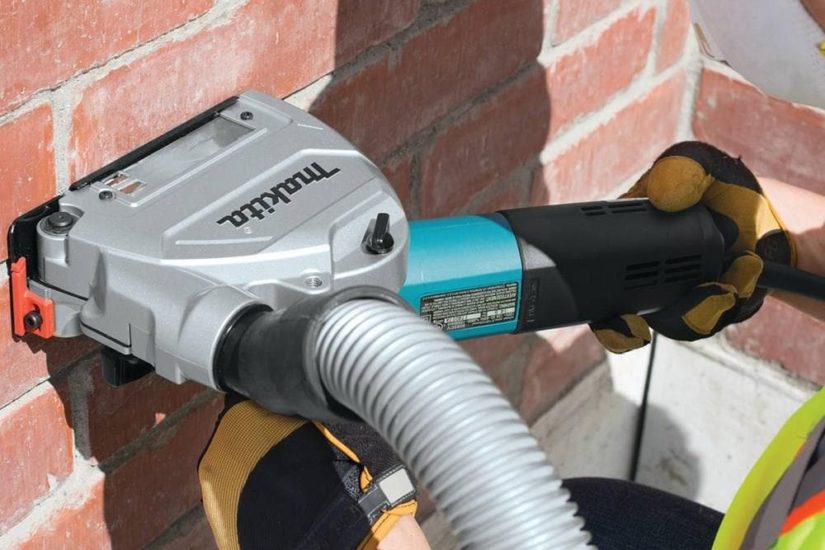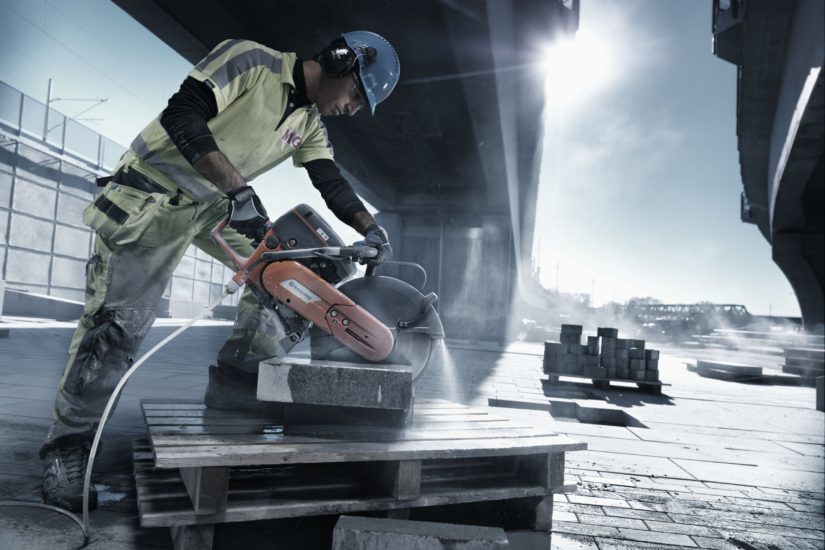What Is OSHA’s Rule On Silica Dust?
OSHA has set September 23, 2017* as the date by which all construction employers must comply with new standards to protect workers from exposure to respirable crystalline silica that took effect earlier this year. Silica dust is encountered on construction sites in construction material such as concrete, brick, rock and stone. The purpose of the new rule is to provide standards for all applications based on tool specifications, substrates, location and shift duration, and provide performance requirements for dust control systems and attachments.
Dustless Tool Solutions
The good news is many of the OSHA compliant dustless tools, vacuums, attachments and accessories already exist and are available to implement on the jobsite immediately. Bosch, DeWalt, Festool, and Milwaukee all currently produce tools that comply with the final OSHA rule. These tools help minimize silica exposure by providing reduction, control, extraction and collection of silica dust. Tools manufacturers are working with OSHA to refine specifications and points of measurement.
What Does The OSHA Silica Dust Standard Require?
The new rule requires employers to limit worker exposures to respirable crystalline silica – 50 micrograms per cubic meter of air during an 8-hour shift – and to take other steps to protect workers. Exposure control methods include:
- Tools equipped with shroud and vacuum with HEPA filters, which remove 99.97% of all airborne particles greater than 0.03 micrometers.
- Use engineering controls such as integrated water systems or local exhaust ventilation
- Provide respirators and additional personal protective equipment (PPE) as required
- Establish and implement a written exposure control plan
- Offer medical exams to highly exposed workers
- Train workers on silica risks and how to limit exposure
Who Is Affected By The Construction Standard?
About two million construction workers are exposed to respirable crystalline silica in over 600,000 workplaces in the United States. OSHA estimates more than 840,000 of these workers are exposed to silica levels that exceed the new permissible exposure limit (PEL).
Exposure to respirable crystalline silica can cause silicosis, lung cancer, other respiratory diseases, and kidney disease. Exposure can occur during common construction tasks such as using masonry saws, grinders, drills, jackhammers and handheld powered chipping tools; operating vehicle-mounted drilling rigs; milling; operating crushing machines; and using heavy equipment for demolition or certain other tasks.
What Tasks Are Unaffected By the Standard?
The construction standard does not apply where exposures will remain low under any foreseeable conditions; for example, when only performing tasks such as mixing mortar; pouring concrete footers, slab foundation and foundation walls; and removing concrete formwork
OSHA Flexibility
The standard provides flexible alternatives especially for small employers. Employers can either use a control method prescribed by OSHA in the construction standard or they can measure worker’s exposure to silica and independently decide which dust controls work best to limit exposures to PEL in the workplace.
Source: OSHA
* April 6, 2017 OSHA National News Release Number: 17-415-NAT announces that the new enforcement date is September 23, 2017




